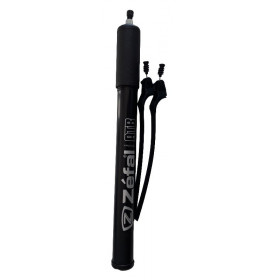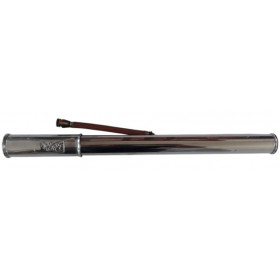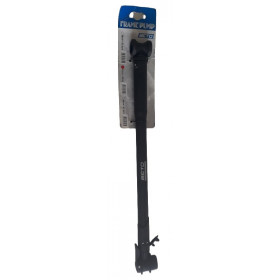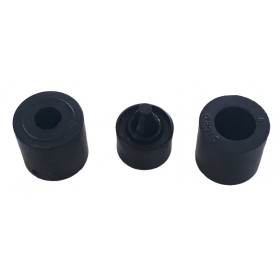 zoom_in
zoom_in
Pressure gauge Zefal twin graph
- twin graph
- New

€9.50 VAT included
Bike tire pressure gauge: the essential tool for optimal inflation
Riding with properly inflated tires is crucial to ensuring comfort, grip, and efficiency on all types of terrain. A bike tire pressure gauge is the perfect tool to precisely adjust pressure and avoid under- or over-inflation. Whether you're a road cyclist, a mountain biker, or a gravel enthusiast, this tool is indispensable.
Why use a bike tire pressure gauge ?
A pressure gauge allows you to accurately measure the air pressure in your bike tires. Unlike gauges integrated into some pumps, it provides a more reliable and detailed reading, ensuring perfect inflation for your riding style.
Benefits of a pressure gauge:
- Increased accuracy: digital or dial display for precise psi or bar readings.
- Better performance: proper pressure reduces rolling resistance and improves efficiency.
- Optimized safety: well-inflated tires minimize the risk of punctures and loss of grip.
- Riding comfort: adjusting pressure according to terrain improves cushioning and handling.
Key features of a good pressure gauge
Before purchasing a bike tire pressure gauge, consider several factors to ensure it meets your needs.
1. Display type
- Mechanical gauge: reliable and durable, it works without batteries.
- Digital manometer: LCD screen for quick and precise readings, ideal for fine adjustments.
2. Valve compatibility
- Presta valve (French valve): commonly used on road bikes and some MTBs.
- Schrader valve (auto valve): found on many mountain and urban bikes.
- Dunlop valve: less common but still used on some models.
3. Supported pressure range
A good gauge should cover a wide pressure range to suit different disciplines:
- Road bikes: between 6 and 9 bars (90-130 psi).
- Mountain bikes: between 1.5 and 3 bars (20-45 psi).
- Gravel bikes: between 2.5 and 4.5 bars (35-65 psi).
4. Ergonomics and ease of use
- A compact and lightweight design for easy transport.
- A comfortable grip for intuitive handling.
- A pivoting or flexible head for easier valve access.
How to use a bike tire pressure gauge correctly?
- Check the valve type and ensure your gauge is compatible.
- Insert the gauge nozzle onto the tire valve.
- Read the displayed pressure on the screen or dial.
- Adjust the pressure if necessary by inflating or deflating the tire.
- Regularly check pressure to ride safely.
Conclusion
A bike tire pressure gauge is an essential tool for cyclists who care about their performance and comfort. It helps optimize tire pressure based on terrain and riding discipline. Investing in a reliable and accurate model is a wise choice to enhance tire longevity and riding enjoyment.
Make sure to check your tire pressure before each ride to ensure an optimal and safe cycling experience !




